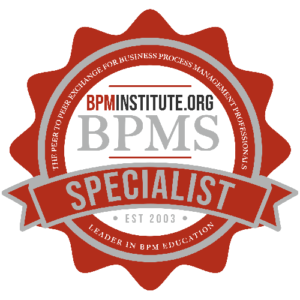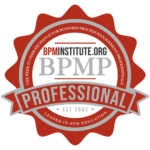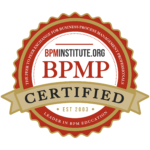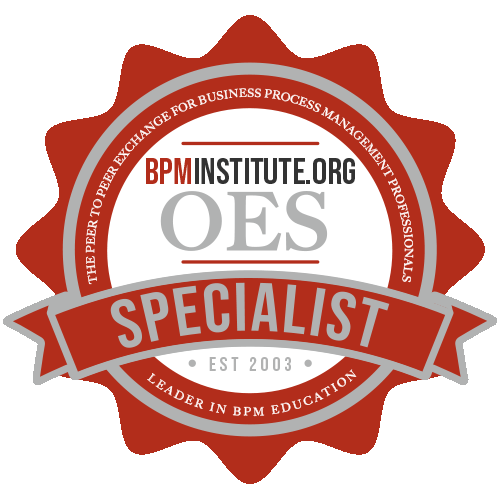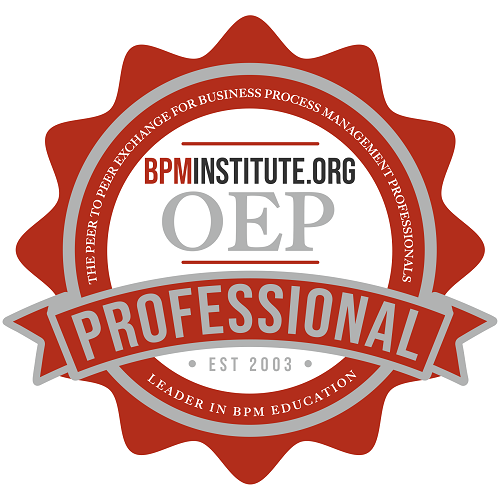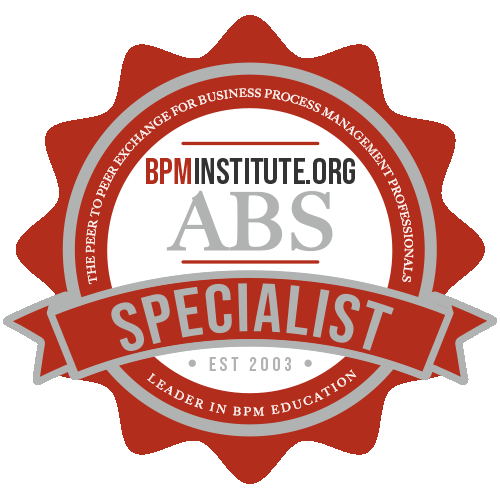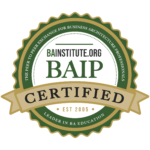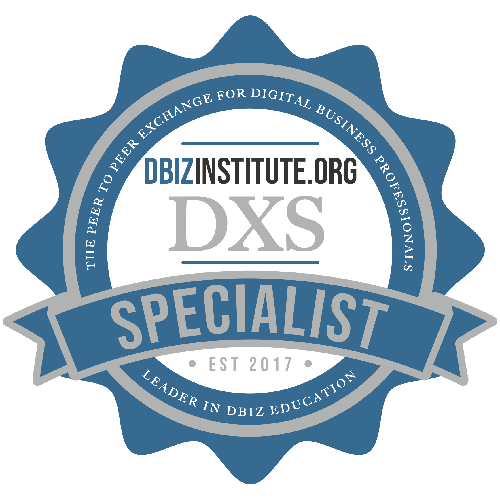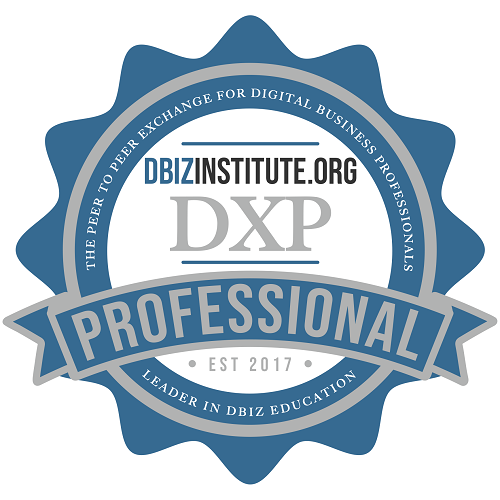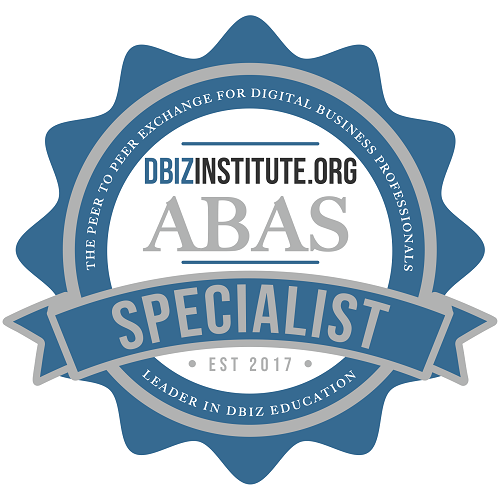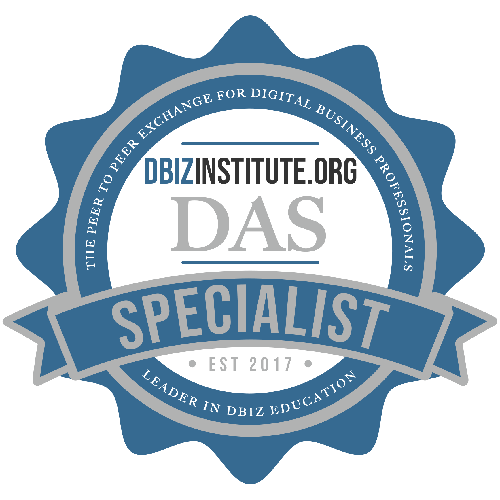Dr. Bruce Silver is an independent industry analyst and consultant focused on business process management and content management technologies. He is the author of the 2006 BPMS Report series, evaluations of leading BPMS offerings available free through...

The FBI Launches a Major Business Process Reengineering Effort
Robert J. Garrity Jr., a 29-year veteran of the Federal Bureau of Investigation, is no stranger to solving intricate information infrastructure issues.

When You Say “Process,” You Mean…?
Inside organizations that are doing various kinds of process “work”-whether improvement projects, technology enhancements or process definition and documentation—we often hear a lot of confusion and frustration because people sometimes mean different things when they use the word “process.” The most common frustration happens when two people are talking at different “levels” of process—with one person perhaps talking about a big end-to-end process such as order fulfillment while the other person is talking about a single task but one with multiple steps and considerable complexity—yet both are

BPMS Watch: What BPMS Can Learn from Business Rule Management
One of the core promises of BPMS is that it lets process owners on the business side model, monitor, and maintain their own process implementations. While chronically backlogged IT is hypersensitive to the charge that they take too long to respond to the changing demands of business, it still resists ceding to the business the power to maintain business process solutions themselves, much less build them from scratch. In fact, for many architects and developers the mere suggestion of business-driven implementation taints the whole BPMS concept.

SOA Adoption Should Stimulate Demand for BPM, BAM and BRM
In today's environment, business dynamics and technological innovations have left organizations with a disparate mix of operating systems, applications and databases. This makes it difficult, time-consuming and costly for IT departments to deliver new applications...

Towards Business Rule Stewardship and Governance
Corporate adopters of a business rules approach over the past decade have often been limited to individual projects within an organization. It was not surprising to find disparate (either geographically or functionally) areas of the same company initiating independent efforts often resulting in a completely different methodology for applying business rules – and in some cases with different business rule management software. The latest generation of business rule software has, however, been created with the enterprise perspective in mind.
Who, What and How of a Business Rules Analyst
In my first article, I emphasized the vitality of the role of an IT Business Analyst and how it is expanding due to business demands for high performance. Business Analysts identify the business needs of their clients and stakeholders to help determine solutions to business problems. They play a vital role throughout the project life cycle by understanding and representing stakeholder needs, documenting and organizing the requirements for a system, and communicating requirements to an entire team.
Planning Process Change Effort for a Technology-driven Project
Whether developing and updating processes as an improvement initiative, in support of a software upgrade, as part of an automation effort or introduction of a new line business, it is important to identify the required work and to estimate the time, cost and resources required to achieve the desired goals. When the purpose of the project is to develop or improve a process, it is easy to see why a project plan to identify the tasks, milestones, resources and timelines is required.

Business Process, Business Rules and the Agile Enterprise
Business Process Management and Business Rules Approaches (BPM/BR) are agility technologies. Yet, for most early adopters they are the last step in inoculating agility into an organization. First business, government and non-profit organizations must identify and recognize a challenge arising from changes in demand, missions and charters. Next the challenge must be incorporated into a project portfolio then lastly carried out.

The ‘A’ in SOA is for Architecture
Are you confused about the term service-oriented architecture? Is the lack of a formal definition of SOA causing governance issues within your organization? You’re not alone.
